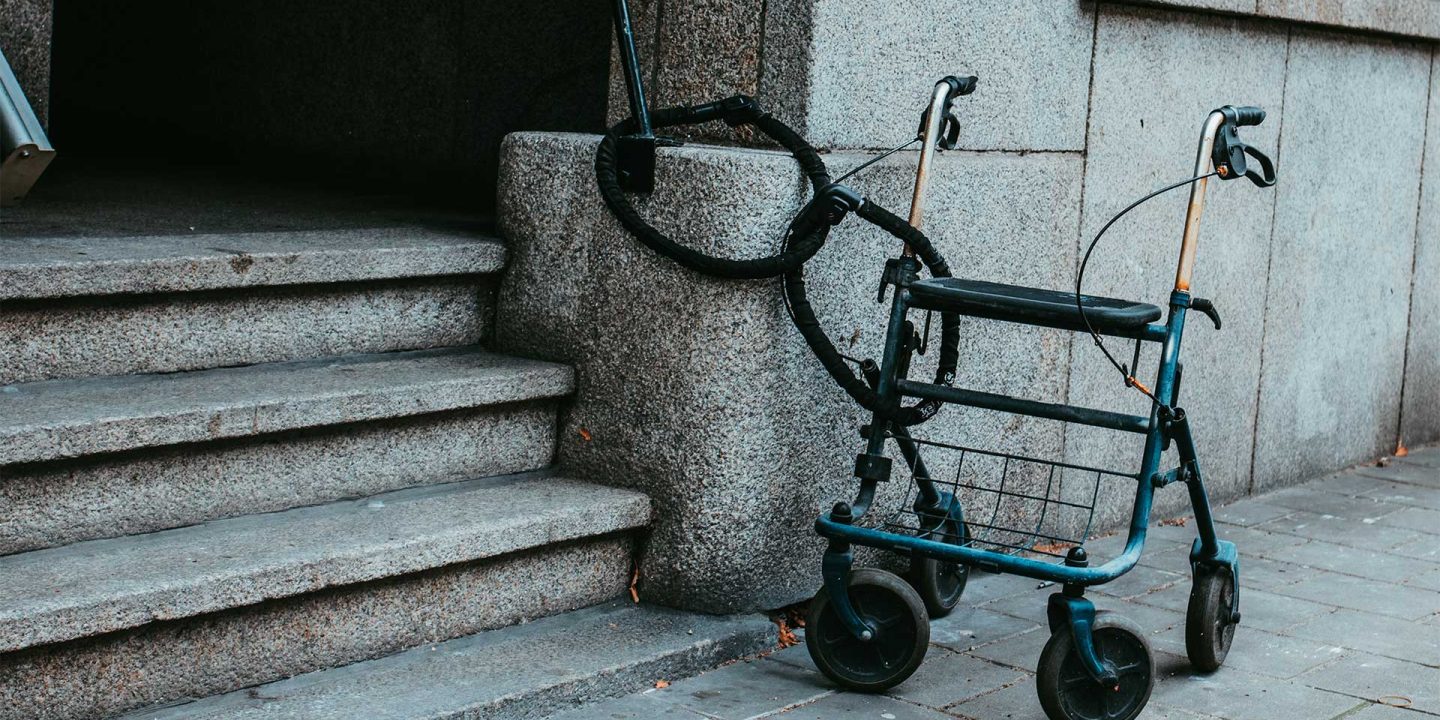
Table of Contents

Here’s a Guide on Choosing the Right Walker
As we all get older, moving around may become a pattern. That is why a walker is such an essential tool that can assist them in keeping freedom, safety, and self-assurance in their daily movements. But with so many walker options available, how does one choose the right walker? Here’s a guide to help you decide what’s best for your loved one.
1. Assess Their Mobility Needs.
Assessing how mobile the user is should be the first step in choosing a walker. Consider factors such as:
- Is there a need for support for balance or weight-bearing?
- Will they be using the walker mostly indoors, outdoors, or both?
- Are they recovering from an injury or surgery or have a chronic mobility issue?
2. Types of Walkers
Several types of walkers are designed to accommodate different mobility needs. You can make an informed decision when you know what types are available.
( i ) Standard Walkers
Well, four legs with no wheels for maximum stability. It is best for those who need firm support and slight motion. It is ideal for indoor use on flat surfaces.
( ii) Two-wheeled walkers
Have two wheels on their front legs and two back legs tipped with rubber. It also allows for gentler forward movement without having to lift the walker fully for individuals who require balance assistance but do not need a rollator.
( iii) Rollators (Four-Wheeled Walkers)
Have four wheels, a hand brake, and a built-in seat. It is best for walkers in need of rest stops along the way. It is most appropriate for highly active seniors who change locations often inside and out.
( iv) Hemi Walkers
Hemi Walkers are tailored for users with unilateral weakness. Lighter and folds smaller than traditional walkers, making it more convenient to use. What a lovely choice for recovery after a stroke.
3. Consider Key Features
We found some companions to a wide variety of features that come with the walkers for safety and comfort. A few significant elements to consider are:
- Height Adjustable: Maintains the ideal position and reduces back strain.
- Weight Capacity – Standard walkers take about 250-300 lbs, while heavy-duty walkers offer higher-weight accommodation. (migrating from an earlier question)
- Brakes: Rollators should come with easy-to-use braking systems to prevent sliding down slopes or inclines.
- Seat & Storage: Many rollators feature a seat to rest and compartments to hold personal items.
4. Check Comfort & Fit
A walker that doesn’t fit correctly can be uncomfortable and lead to falls. When adjusting the walker,
- The handles should be at wrist height when the user is standing upright.
- Elbows should be bent at 15 to 30 degree angles for good grip.
- If there is a seat (rotating or stationary), check that the seat height allows the user to sit and stand easily.

5. Test for Ease of Use:
While your loved one is using a walker, she can try out various types before buying one. They should be able to feel comfortable navigating, stopping, and making adjustments with the walker. If they have trouble, you might want to ask a physical therapist for suggestions.
6. Budget & Insurance Coverage
The price of walkers varies depending on the features and quality. See whether Medicare or private insurance covers some or all of the cost. Some durable medical equipment supply companies will rent them also.
Final Thoughts
Selecting a walker for your loved one is an important decision affecting their safety and mobility. To achieve this, consider their needs, familiarize yourself with walker types, and agree on their most important features.
For further guidance, speak with a health provider or go to a local medical supply store to try some products in person. This will help your loved one continue leading an active and content lifestyle.





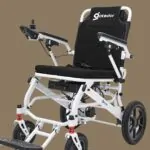

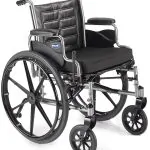
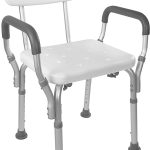
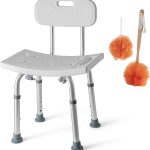

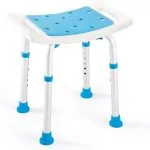


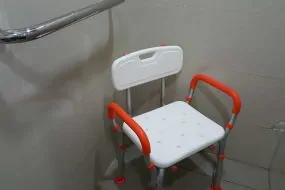
No Comments